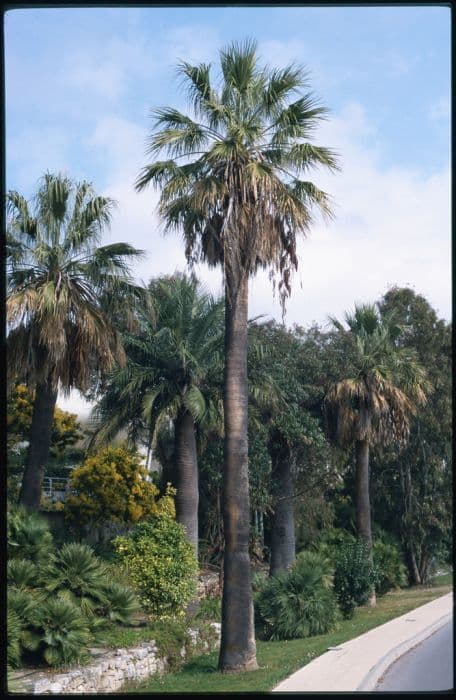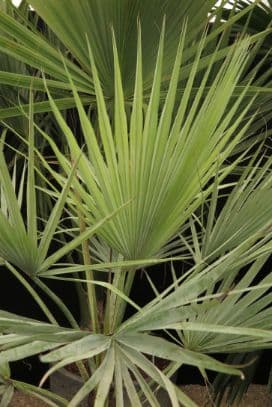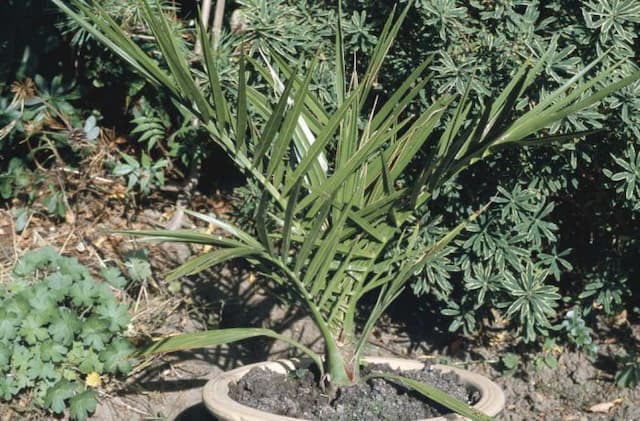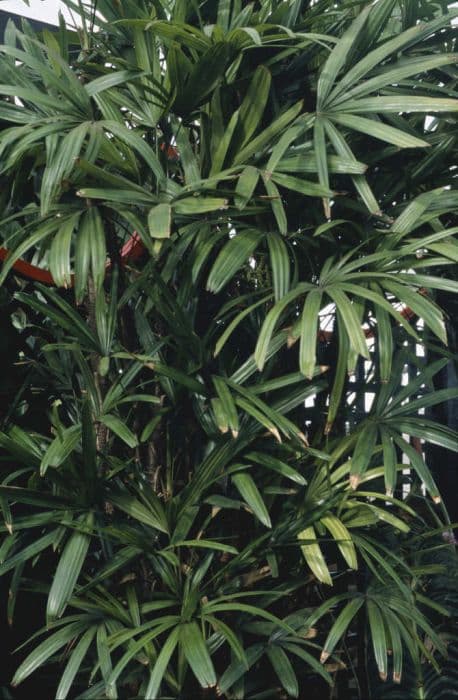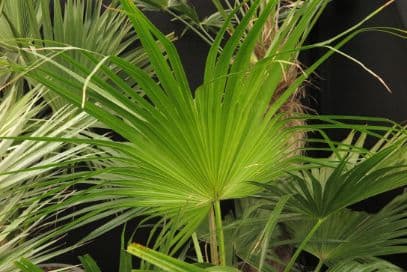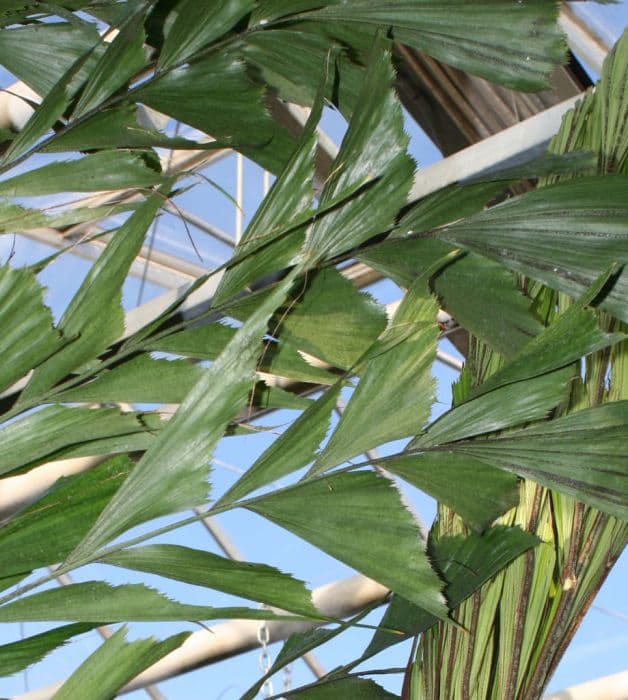Bamboo Palm Chamaedorea seifrizii



ABOUT
It is an evergreen palm up to 7 feet tall and 5 feet wide. In nature can reach up to 20 feet tall.
The palm forms many slender stems with pinnate leaves up to 2 feet long, consisting of 28 lanceolate pinnae.
It forms panicles of small yellow flowers when blooming, but only on mature plants and only in the wild.
About this plant
 Names
NamesFamily
Arecaceae
Synonyms
Bamboo Palm, Clustered Parlor Palm, Cane Palm, Reed Palm
Common names
Chamaedorea erumpens, Chamaedorea donnell-smithii, Chamaedorea erumpens, Meiota campechana
 Toxicity
ToxicityTo humans
It is safe and has no toxic parts to be aware of. But the plant is not edible, so avoid ingestion.
To pets
It is safe and has no toxic parts to be aware of.
 Characteristics
CharacteristicsLife cycle
Perennials
Foliage type
Evergreen
Color of leaves
Green
Flower color
Yellow
Height
7 feet
Spread
5 feet
Plant type
Palm
Hardiness zones
9
Native area
Central America
Benefits
 General Benefits
General BenefitsThis is an amazing product for purifying and humidifying indoor air.
It has a great look that makes any home interior look beautiful and brings a tropical and fresh look. Air-purifying Qualities
Air-purifying QualitiesBamboo palms are included in the list of plants from the NASA Clean Air Study.
The plant cleans benzene, formaldehyde, trichloroethylene, xylene and toluene.
Interesting Facts
 Feng Shui
Feng ShuiBamboo palm is adored for its exotic appearance and unpretentious care.
Plant bamboo palm in your workplace or living room to attract harmony, abundance and good luck. Zodiac Sign Compitability
Zodiac Sign CompitabilityARIES
Aries, as a fire sign, loves sunlight, so bring some tropical cheer into your home with a beautiful and spectacular-looking bamboo palm tree. Plant Symbolism
Plant SymbolismIt symbolizes strength, flexibility, and health.
 Water
WaterIn summer and spring, the plant is watered abundantly, and in winter - moderately or in limited quantities. The higher the temperature in the room, the more moisture the plant will need.
Water as the soil in the pot dries out.
In spring and summer, usually about 3 times a week, and in winter watering should be reduced to once a week.
Make sure that there is no water retention in the pan of the pot - this can lead to rotting of the root system due to overwatering of the root ball. Light
LightUnlike most plants, Bamboo palm is a shade-loving plant. Ideal conditions are low to medium.
The best place indoors would be against a south or east window.
The pot should be turned regularly to the light so that the leaves grow evenly on all sides. Temperature
TemperatureThe temperature should be moderate from 59 - 70 °F and from 53 - 59 °F in winter.
Usually, bamboo palm should be taken outside or on a balcony in the summer. But avoid direct sunlight.
Also draughts should be avoided as much as possible. Pruning
PruningIt does not need regular pruning. Only old and diseased leaves should be pruned.
 Cleaning
CleaningAs needed
 Soil
SoilBamboo palms are best suited to a soil that retains moisture but is well drained.
A porous but humus-rich soil is perfect. Adding peat moss, orchid bark and perlite to standard potting soil makes a great soil mix for bamboo palms. Repotting
RepottingPlants up to 3 years old - transplant once a year in March or April.
Plants over 3 years old - once every 2 to 4 years.
Plants over 10 years old are not transplanted at all, only the top word is changed. Humidity & Misting
Humidity & MistingBamboo palm likes a high humidity level, so be sure to provide the plant with a humidifier, a pebble tray or regular misting.
 Suitable locations
Suitable locationsIndoor
All year round
Outdoor
If the temperature and light conditions are right, Bamboo palm likes to be outside.
Avoid draughts, too low temperatures and direct sunlight.
If you live in the bamboo palm's natural habitat - you can plant outside.Hardiness zone
10 - 11 USDA
 Life cycle
Life cycleIt grows slowly. If you planted the seeds, you should not expect the first plants until 6 months later.
It does not flower at home. Propogation
PropogationBy SEEDS:
This is a long process that requires proper care. The seeds need to be soaked for 5 days and then planted in the soil.
The container with the planted seeds should be placed in a warm (77 °F) and moderately humid place. It is desirable to put in a kind of little greenhouse - that is, cover with glass or polyethylene.
After that, all you need to do is not forget to water. The first plants can appear in about 6 months.
By DIVISION:
You need a mature, vigorous and healthy plant with young shoots.
You need to take the palm out of its pot and very carefully separate the shoots from the plant. Try to do this gently and with as little damage to the root system as possible.
Plant all the small and mature plants in separate pots and don't forget to water them.
 Pests
PestsSpider mite, Whitefly, Thrips, Scale insects, Aphid
 Diseases
DiseasesRoot Rot


